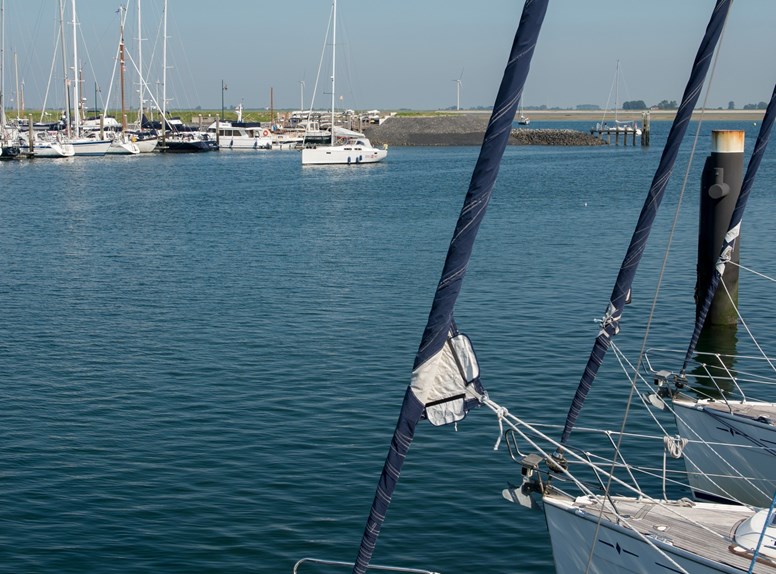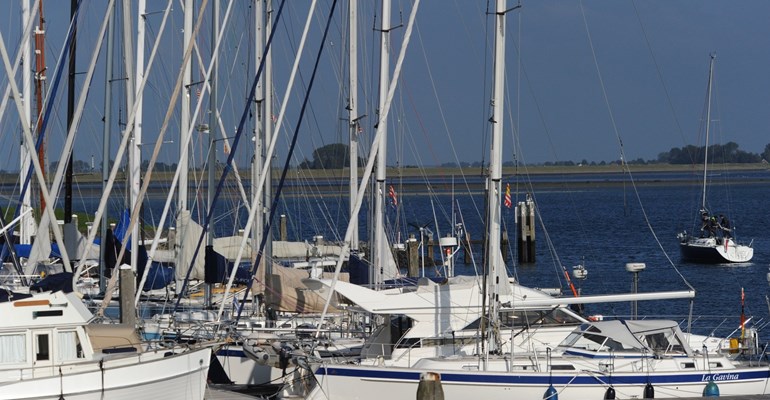
Sint-Annaland
If you come to live on Sint Annaland, on the island of Tholen in eastern Zeeland, you’ll be calling it ‘Stalland’ in no time at all. We do. The marina is right on the Oosterschelde, and from its club house you can see the Krabbenkreek (yep, that’s Crab Creek) and its marshes and mudflats. The person to decide to impolder this muddy area off Tholen was Anna van Bourgondië. The year, 1475. She dedicated the church and entire village to St Anna. It has the classical layout of a ring village with a main street (’voorstraat’) leading from the harbour to the church, itself encircled by a prim circle of houses. Design matters, eh?
The vanished church
The original cruciform church was lost in 1492, and its present replacement arrived late in the 19th century. The tower has a wooden lantern and a tent roof.
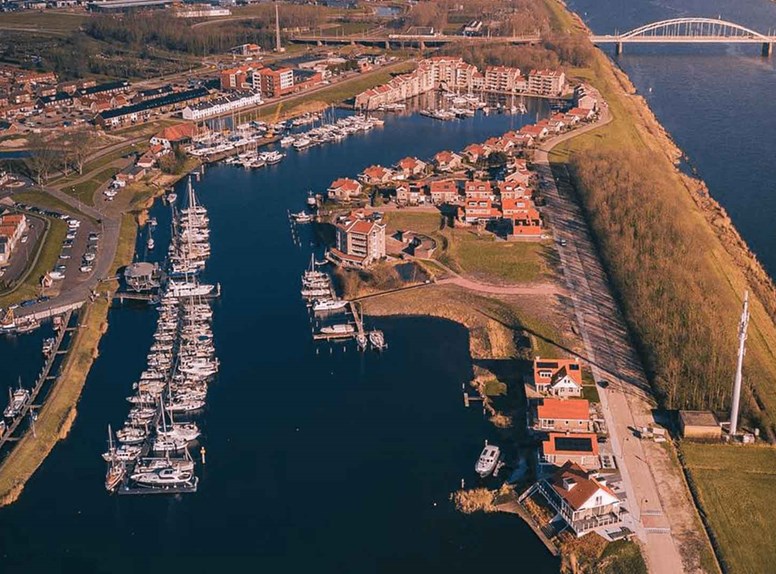
The islands oldest mill
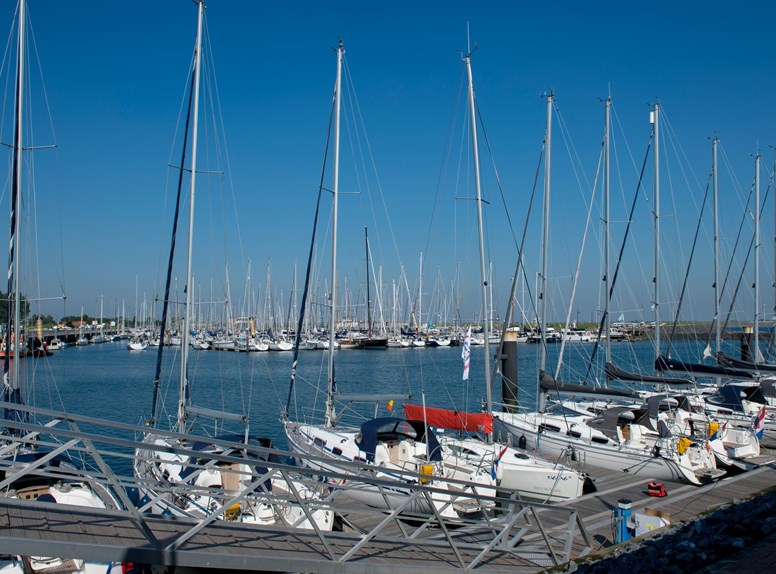
The Nonnentjeshuis
The former town hall is now home to the local Meestoof museum, and wafts you back to the time when your Granny was a young ‘un. The cultural heritage of Tholen and Sint Philipsland are on show here. Pride of place goes to the cultivation of the madder dye-crop, Tholen jewellery, and costumes. Madder was the main product, its red dye a major source of income. The museum is named after the drying shed for madder – and has changing exhibits annually.
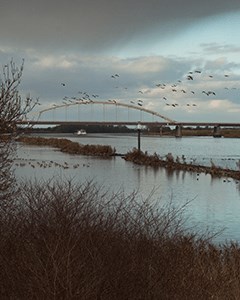
The marina
And from blue to marine. From the club house, you look down over the Krabbenkreek, an inlet from the Oosterschelde estuary. Tidal water comes here for a rest after its exertions, and deposits sand and sludge. Hence the mudflats which are dry at low tide. A wonderful place to come and graze and forage if you’re a wader bird, like the bar-tailed godwit, oystercatcher, ruddy turnstone and assorted dunlins. At low tide, the Krabbenkreek is off limits to humans, but you’ll see all you need from the nearby dikes.
